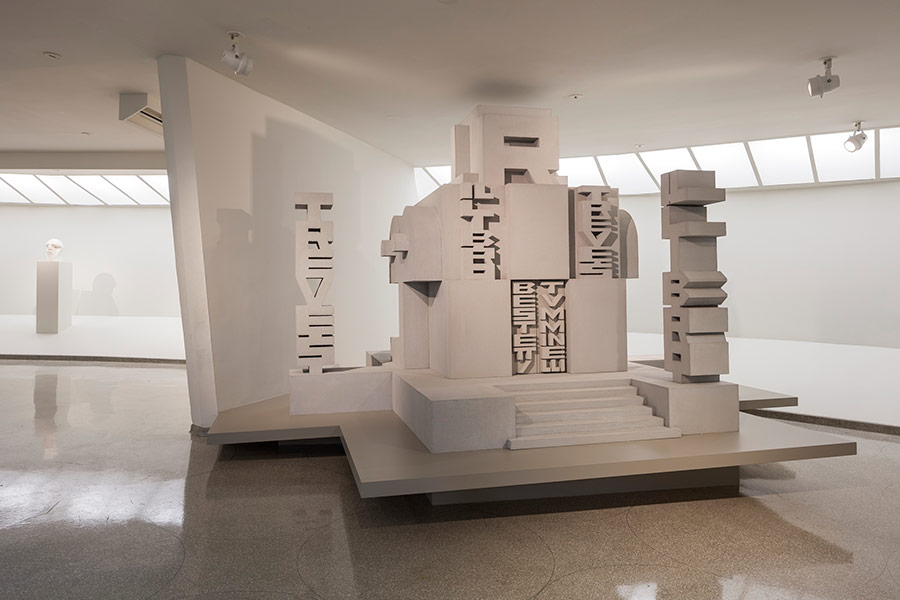bibliotheek: a building or room containing collections of books, periodicals, and sometimes films and recorded music.
boekenkast: a piece of furniture with shelves to put books on.
boekenkast als bouwpakket? kan van vorm veranderen bij iedere tentoonstelling/ieder project. niet alleen het binnenwerk kan veranderd worden, ook het hele frame.
boekenkast helemaal zelf ontwerpen, of eentje uit de geschiedenis gebruiken?
http://www.harvarddesignmagazine.org/issues/43/before-billy-a-brief-history-of-the-bookcase
https://nl.wikipedia.org/wiki/Hoofdpostkantoor_(Utrecht)
Informatie over het gebouw, stel we willen een meer site specific ontwerp maken, speciaal voor een bepaalde bibliotheek, ipv een algemene vorm die ergens anders ook zou passen.
architect: J. Crouwel jr. (Amsterdamse school)
beelden: Hendrik van den Eijnde
zelf-reflecterend, de inhoud en de boekenkast zelf
(on-going conversation)
Lennard vragen om advies, ook: wat zou een curator hier hiermee kunnen doen? en dan bv Tim vragen: wat zou een kunstenaar hiermee kunnen doen? (die vraag zou joe natuurlijk ook al kunnen beantwoorden vanuit je eigen praktijk)
The Knowledge Box by Ken Isaacs: 4 boeken kasten in een vierkant tegen elkaar aangezet, waardoor er een binnenruimte ontstaat waar films getoond zouden kunnen worden. achterkant van de binnenruimte zijn de boekenkasten en de achter van de boekenkasten maken de filmruimte.
Since the days of Mesopotamia, the homes of nobility had been stocked with tablets, scrolls, and codices, and these elites’ private libraries formed the foundations of many historically significant institutional collections in the ancient world. Yet it wasn’t until after the spread of mechanical reproduction, when printed matter was made more accessible and affordable, that the private library became a more egalitarian possibility. Particularly in the 19th and 20th centuries, new literary forms, new capacities for mass printing, and new reading habits, along with the expansion of public education, transformed the place of books in Westerners’ everyday lives.9 Meanwhile, the emergence of new consumer goods and practices of consumption and collection gave rise to what Walter Benjamin described as the overstuffed “bourgeois interior.”10 People needed cases, receptacles, and shelves not only to store, but also to display their ever-expanding assemblages of books and baubles and gadgets—which together cultivated the “appearance of respectability and plenitude.”11 The history of the bookshelf thus expands here into something bigger, as the books are intershelved with other accessories and artifacts.

(Is een link)
(Is een link)